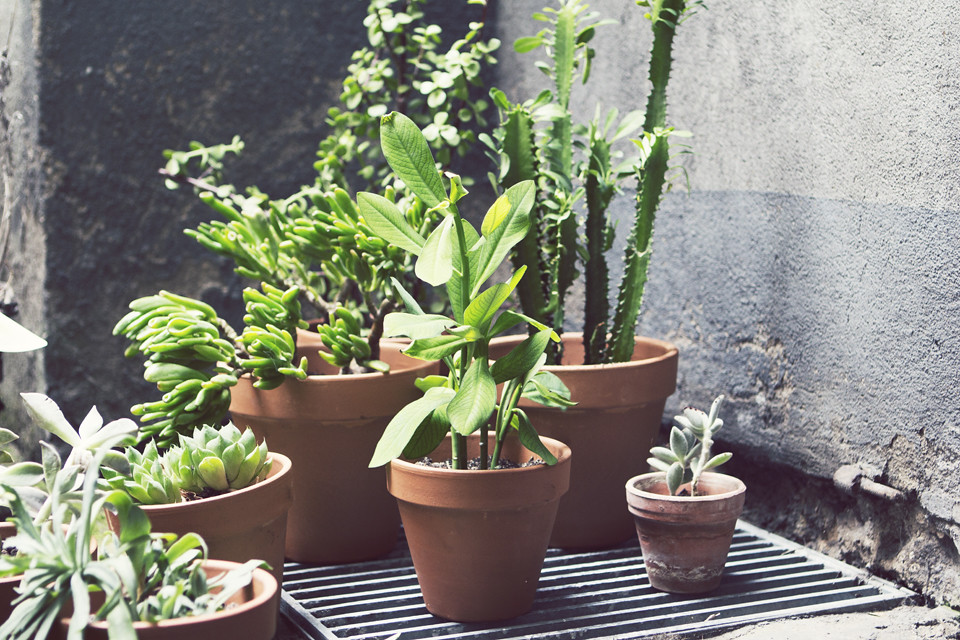Economy getting the best of you?
Budget-Friendly Tips for Growing Fruits and Vegetables at Home
Growing your own fruits and vegetables at home is a rewarding and cost-effective way to ensure a steady supply of fresh, organic produce. In this blog, we’ll explore budget-friendly methods and practical tips to kickstart your home garden journey without breaking the bank.
1. Assess Your Space and Resources:
Start by evaluating the available space you have for gardening. Whether you have a large backyard or a tiny balcony, there are options for everyone. Utilize vertical gardening, containers, or window boxes for small spaces. Look for local resources like community gardens or sharing tools with neighbors to cut down initial expenses.
2. Choose the Right Seeds:
Opt for open-pollinated or heirloom seeds, as they are usually less expensive than hybrid varieties. Moreover, these seeds can be collected and replanted, saving you money in the long run. Consider exchanging seeds with fellow gardeners to diversify your crop selection without spending a dime.
3. Compost for Free Nutrients:
Composting kitchen scraps and yard waste creates nutrient-rich soil for your plants without spending on fertilizers. Start a compost pile or use a compost bin to turn waste into garden gold. It’s an eco-friendly and budget-friendly option.
4. DIY Seedling Trays:
Instead of buying expensive seedling trays, use household items like egg cartons, yogurt cups, or newspaper pots. They work just as well for starting your seeds, and they’re eco-friendly too.
5. Utilize Rainwater Harvesting:
Invest in rain barrels to collect rainwater. This free water source is excellent for your plants and helps you save on your water bill.
6. Propagate from Cuttings:
Many fruits and vegetables can be grown from cuttings, such as tomatoes, basil, and mint. This saves you the cost of buying new plants and expands your garden with little to no expenditure.
7. Companion Planting and Natural Pest Control:
Employ companion planting to improve plant health and deter pests naturally. For instance, planting marigolds with tomatoes can ward off harmful insects, reducing the need for chemical pesticides.
8. Upcycle and Repurpose:
Get creative with upcycling materials for your garden. Use old pallets for raised beds, repurpose containers for pots, and salvage materials to build trellises and supports.
9. Join Gardening Communities:
Participate in local gardening communities or online forums. You can share knowledge, seeds, and even plants with fellow enthusiasts. These connections can also be a great source for free advice and tips.
10. Patience and Perseverance:
Lastly, remember that gardening takes time and effort. Be patient and persistent; not all crops will succeed, but learning from mistakes is an essential part of the process. Celebrate your successes and keep refining your skills.
Starting a budget-friendly fruit and vegetable garden at home is an enriching experience that provides you with fresh, healthy produce while reducing your carbon footprint. By following these tips and embracing the journey of gardening, you’ll enjoy the many benefits of a thriving garden without straining your wallet. Happy gardening!




